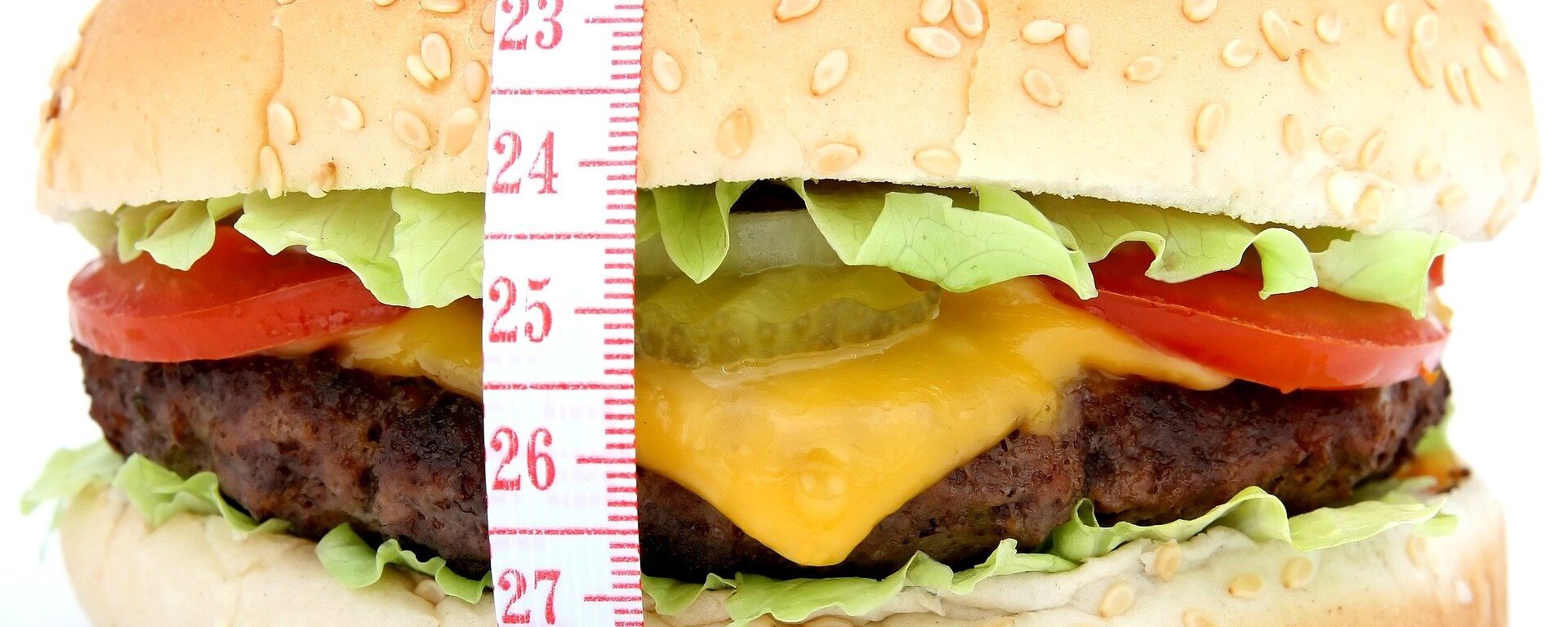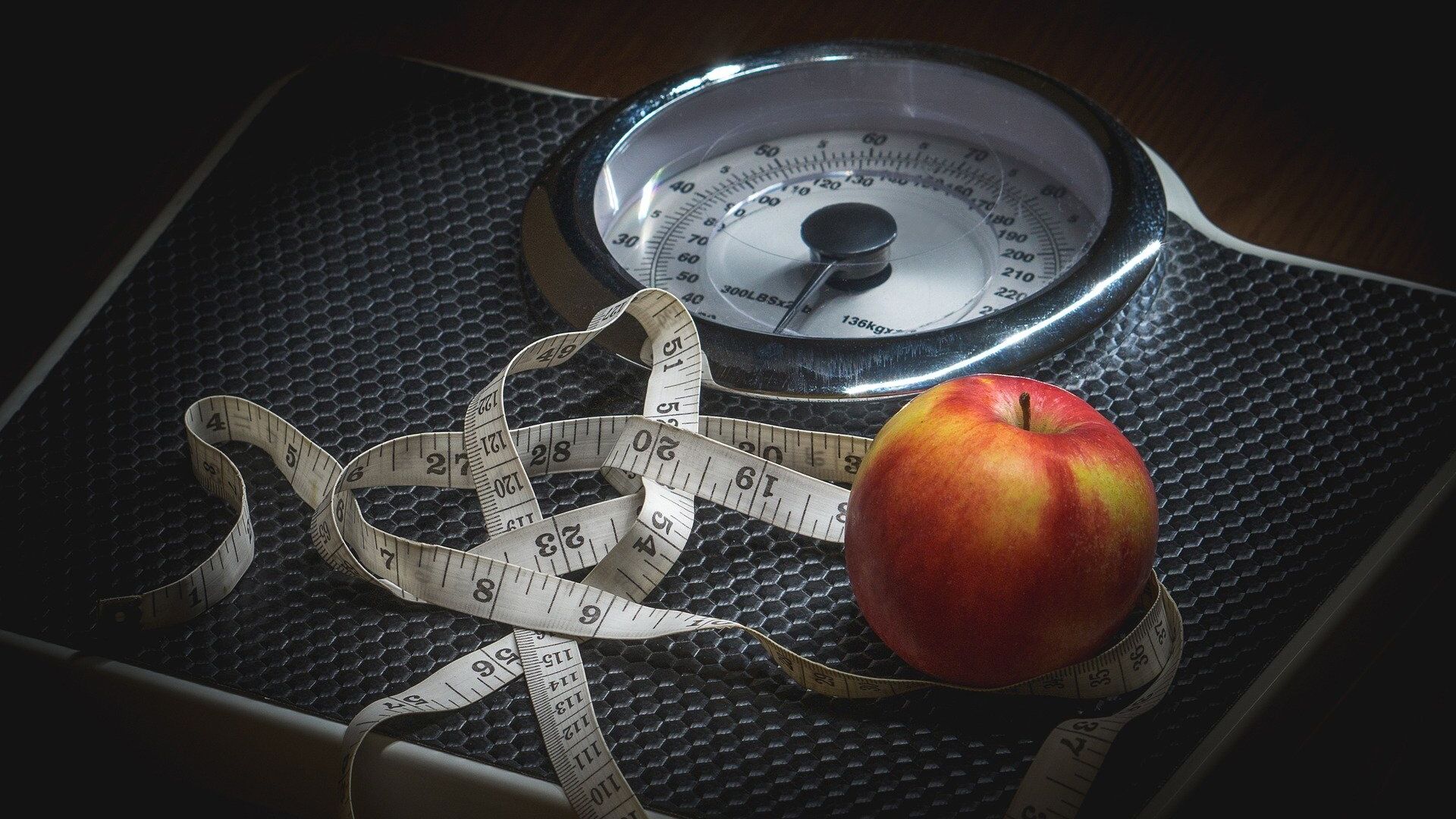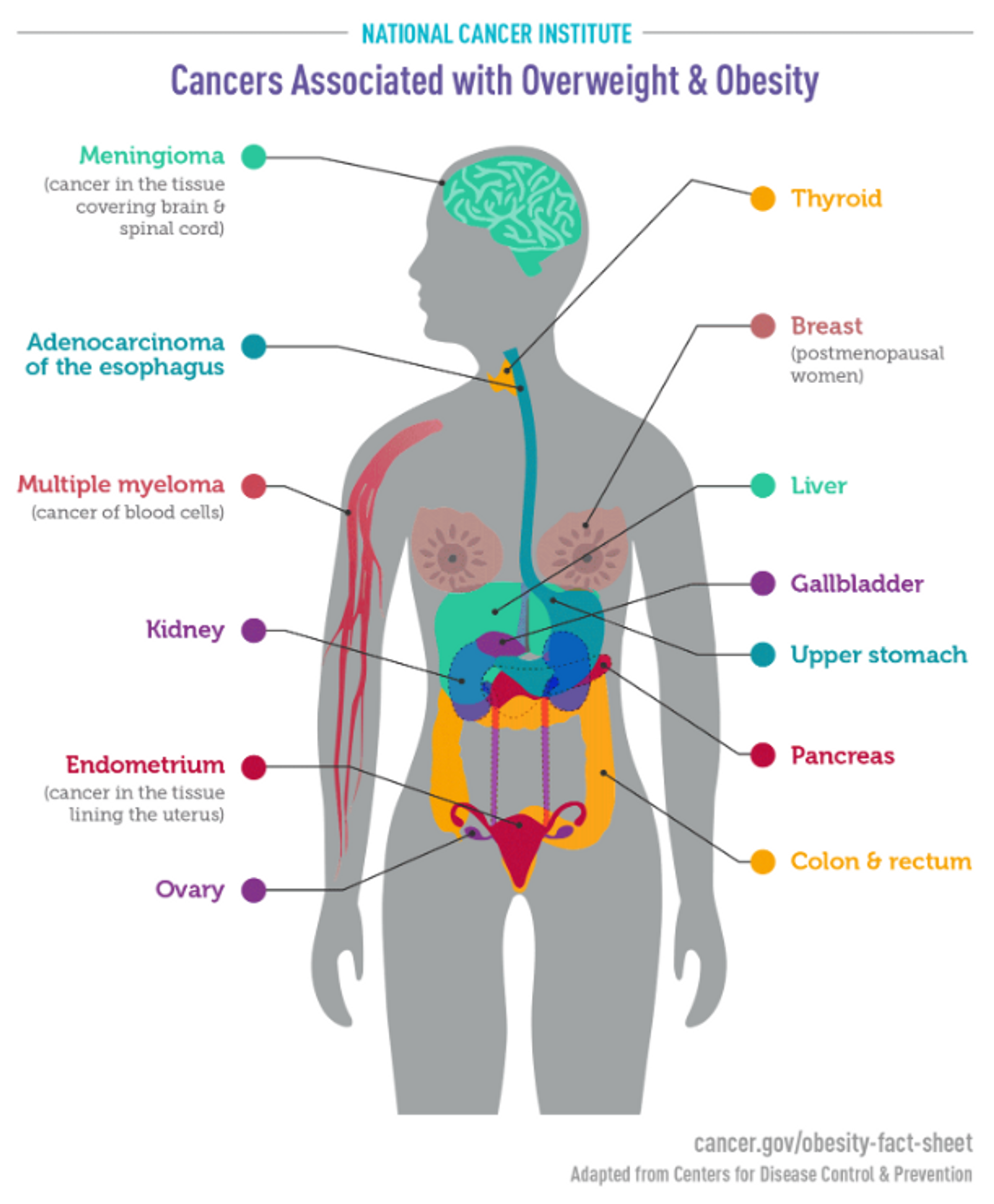https://sputnikglobe.com/20220408/battle-with-the-bulge-health-watchdog-tells-britons-to-check-waist-to-height-ratio-to-fight-obesity-1094577381.html
Battle of the Bulge: Health Watchdog Tells Britons to Check Waist-to-Height Ratio to Fight Obesity
Battle of the Bulge: Health Watchdog Tells Britons to Check Waist-to-Height Ratio to Fight Obesity
Sputnik International
Across the UK, overweight and obesity-related conditions are estimated to cost the National Health Service (NHS) an estimated £6.1 billion annually, with at... 08.04.2022, Sputnik International
2022-04-08T05:40+0000
2022-04-08T05:40+0000
2023-05-28T15:18+0000
obesity
united kingdom (uk)
https://cdn1.img.sputnikglobe.com/img/105586/49/1055864985_0:72:1920:1152_1920x0_80_0_0_3a3033f6fc795121e8040fc763c44475.jpg
People in the UK are being urged by the National Institute for Health and Care Excellence (Nice) to ensure their waist size is less than half their height in order to avoid obesity and the health problems this may entail.In England, where a 2019 Health Survey showed that 28 percent of adults were obese and 36 percent were overweight, like in most other countries, the typical go-to method of determining if a person is a healthy weight for their height is by calculating the body mass index (BMI). A BMI of 18 to 25 is deemed a healthy weight, 25 to 30 is overweight, and over 30 is categorized as obese.However, the updated guidance published by the health watchdog on Friday suggests that adults with a BMI under 35 should also get out the measuring tape and check their waist-to-height ratio.This can be done by resorting to an online calculator or asking for professional medical help.To measure one’s waist, an individual needs to find the bottom of their ribs and the top of their hips, and then wrap a tape measure around their waist midway between these two points. To ensure the calculations are correct, it is important to breathe out naturally before taking the measurement.Coupled with BMI, this waist-to-height ratio is believed to be conducive to determining whether the fat around people’s waistline is excessive – something that health professionals say raises the risk of serious conditions.Nice cites the following examples: a 163cm (5ft 4in) female with a waist circumference of 74cm (29in) is estimated as having a healthy ratio. However, that same individual might find herself in the unhealthy range if her waistline expands to 81cm.According to the guidelines, which are subject to consultation, a man 178cm (5ft 10in) tall would be at increased health risk if his waist measures 91cm (36in).The National Institute for Health and Care Excellence says that a waist-to-height ratio of 0.4 to 0.49 is linked with no increased health risks.People with a ratio of 0.5 to 0.59 are already at increased risk of certain health issues, while 0.6 or more might entail the highest risk of health problems.The guidance comes out amid growing concerns over the toll of obesity on the health of the population in England and Wales. According to the Organisation for Economic Co-operation and Development (OECD), more than 10 percent of obese people in the UK have a BMI of 35 or more. This makes the country statistically the 10th heaviest in the organisation, and the most obese in Western Europe. The escalating obesity crisis, particularly thrown into the spotlight during the COVID-19 pandemic, is estimated to be costing the National Health Service (NHS) £6.1 billion a year.The reviewed guidance offers ways to assess childhood obesity as well. Thus, children whose high BMI is coupled with a waist-to-height ratio above 0.5 require particular attention, says the health watchdog.The guidelines are published as new calorie labelling rules have also come into force to improve the UK’s health. As part of the government strategy to tackle obesity, the legislation, as of 6 April, applies to large businesses such as takeaways, restaurants, and cafes, requiring calorie information to be displayed on menus, food labels, third party apps, and food delivery platforms. As well as listing the calories for each food item, the menus and labels will also need to include daily recommended calorie needs.
https://sputnikglobe.com/20201111/obesity-is-on-the-rise-in-uk-but-latest-trendy-diets-arent-the-cure-psychologist-warns-1081131068.html
united kingdom (uk)
Sputnik International
feedback@sputniknews.com
+74956456601
MIA „Rosiya Segodnya“
2022
News
en_EN
Sputnik International
feedback@sputniknews.com
+74956456601
MIA „Rosiya Segodnya“
Sputnik International
feedback@sputniknews.com
+74956456601
MIA „Rosiya Segodnya“
obesity, united kingdom (uk)
obesity, united kingdom (uk)
Battle of the Bulge: Health Watchdog Tells Britons to Check Waist-to-Height Ratio to Fight Obesity
05:40 GMT 08.04.2022 (Updated: 15:18 GMT 28.05.2023) Across the UK, overweight and obesity-related conditions are estimated to cost the National Health Service (NHS) an estimated £6.1 billion annually, with at least 63 percent of adults in England overweight. The impact of obesity on people’s health has been particularly highlighted by the COVID-19 pandemic.
People in the UK are being urged by the
National Institute for Health and Care Excellence (Nice) to ensure their waist size is less than half their height in order to avoid obesity and the health problems this may entail.
In England, where a 2019 Health Survey showed that 28 percent of adults were
obese and 36 percent were overweight, like in most other countries, the typical go-to method of determining if a person is a healthy weight for their height is by calculating the body mass index (BMI). A
BMI of 18 to 25 is deemed a healthy weight, 25 to 30 is overweight, and over 30 is categorized as obese.
However, the updated guidance published by the health watchdog on Friday suggests that adults with a BMI under 35 should also get out the measuring tape and check their waist-to-height ratio.
This can be done by resorting to an online calculator or asking for professional medical help.
To measure one’s waist, an individual needs to find the bottom of their ribs and the top of their hips, and then wrap a tape measure around their waist midway between these two points. To ensure the calculations are correct, it is important to breathe out naturally before taking the measurement.
Coupled with BMI, this waist-to-height ratio is believed to be conducive to determining whether the fat around people’s waistline is excessive – something that health professionals say raises the risk of serious conditions.
“Increased fat in the abdomen increases a person’s risk of developing several life-limiting diseases including type 2 diabetes and heart disease”, said guideline committee member, Prof Rachel Batterham, a consultant in obesity, diabetes, and endocrinology.
Nice cites the following examples: a 163cm (5ft 4in) female with a waist circumference of 74cm (29in) is estimated as having a healthy ratio. However, that same individual might find herself in the unhealthy range if her waistline expands to 81cm.
According to the guidelines, which are subject to consultation, a man 178cm (5ft 10in) tall would be at increased health risk if his waist measures 91cm (36in).
The National Institute for Health and Care Excellence says that a waist-to-height ratio of 0.4 to 0.49 is linked with no increased health risks.
People with a ratio of 0.5 to 0.59 are already at increased risk of certain health issues, while 0.6 or more might entail the highest risk of health problems.
The guidance comes out amid growing concerns over the toll of obesity on the health of the population in England and Wales. According to the Organisation for Economic Co-operation and Development (OECD), more than 10 percent of obese people in the UK have a BMI of 35 or more. This makes the country
statistically the 10th heaviest in the organisation, and the most obese in Western Europe. The escalating obesity crisis, particularly thrown into the spotlight during the COVID-19 pandemic, is estimated to be costing the National Health Service (NHS) £6.1 billion a year.

11 November 2020, 16:08 GMT
“Our updated draft guideline offers people a simple and effective way of measuring their weight so they can understand the factors that could impact on their health and take action to address them. Our committee found that a clear benefit of using the waist-to-height ratio is that people can easily measure it themselves, interpret the results, and seek medical advice if they are at increased health risk”, said Dr Paul Chrisp, the director of the centre for guidelines at Nice.
The reviewed guidance offers ways to assess childhood obesity as well. Thus, children whose high BMI is coupled with a waist-to-height ratio above 0.5 require particular attention, says the health watchdog.
“Waist-to-height ratio is a simple, easy-to-use measure that identifies people who are at increased health risk and would benefit from weight management support to improve their health”, added Prof Rachel Batterham.
The guidelines are published as
new calorie labelling rules have also come into force to improve the UK’s health.
As part of the government strategy to tackle obesity, the legislation, as of 6 April, applies to large businesses such as takeaways, restaurants, and cafes, requiring calorie information to be displayed on menus, food labels, third party apps, and food delivery platforms. As well as listing the calories for each food item, the menus and labels will also need to include daily recommended calorie needs.
“It is crucial that we all have access to the information we need to maintain a healthier weight, and this starts with knowing how calorific our food is. We are used to knowing this when we are shopping in the supermarket, but this isn’t the case when we eat out or get a takeaway. As part of our efforts to tackle disparities and level up the nation’s health, these measures are an important building block to making it as easy as possible for people to make healthier food choices”, said Public Health Minister Maggie Throup.





